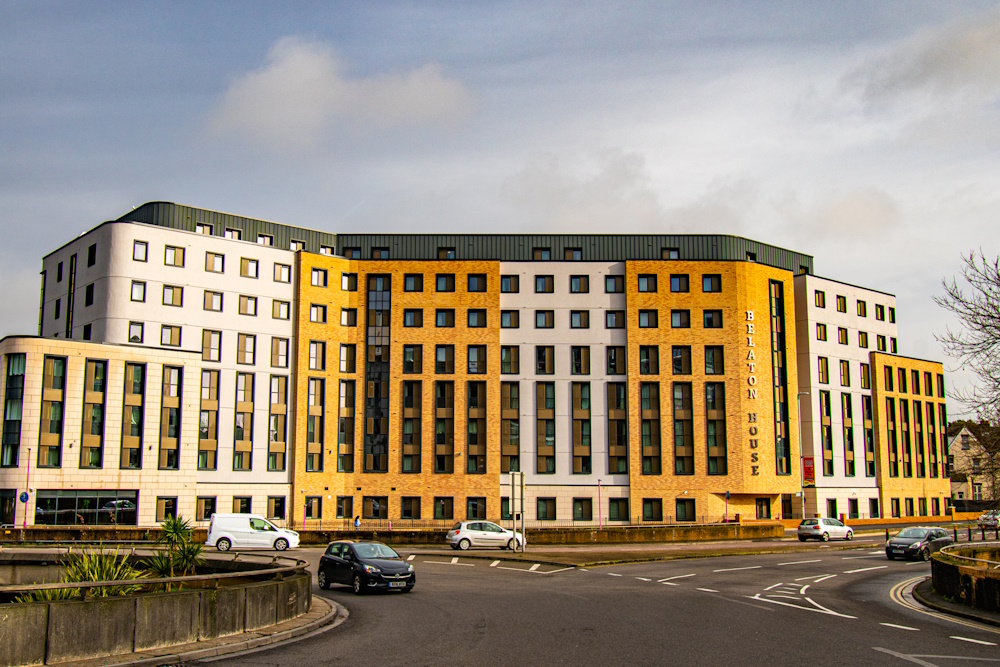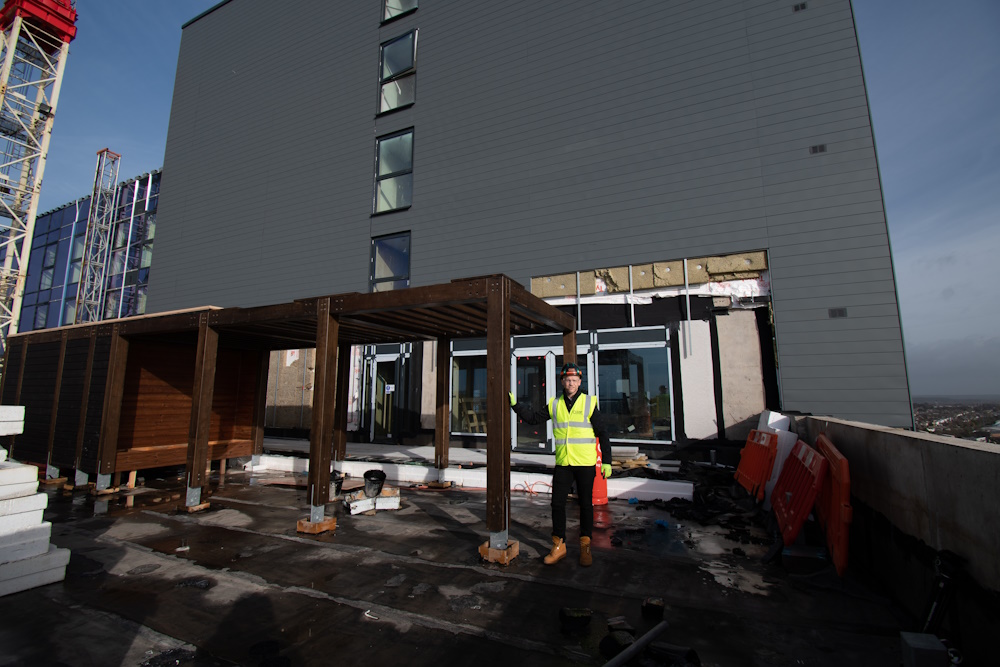Cladding has become a popular method of enhancing aesthetics and functionality of buildings.
Cladding is the exterior layer of a building that protects and enhances its appearance using materials like wood, metal, glass, brick, and stone. It is installed over a structural frame to improve thermal and acoustic insulation.
Despite its aesthetic appeal, safety concerns have arisen after incidents like the Grenfell Tower fire and building regulations have tightened, requiring non-combustible and fire-safe cladding materials.

Appropriate accreditations
Staff accreditations are essential because they ensure that the staff members have the necessary skills and knowledge
Committed and dedicated team
Our team work together, take individual responsibility, put in extra effort, and sacrifice personal time to meet deadlines
Monitoring and estimating
Systems for estimating such as ERP are important tools in our trade as they help us plan and execute projects
We get the job right first time
By planning and preparing as much as possible, we know we're going to get the job done right the first time
Good work ethics and values
All of our staff work to strict guidelines governing their approach to work including punctuality and commitment
One stop shop
By employing staff from a range of various trades, we're able to simplify the buying process

Whether it’s for residential, commercial, or industrial structures, cladding offers numerous benefits, from improving insulation and weatherproofing to transforming the appearance of the facade. This article will explore the process of cladding installation, discussing the various materials used, installation techniques, and the advantages it brings to both new and existing buildings.
Cladding can be constructed using a wide range of materials, each offering unique characteristics and visual appeal. Common choices include brick, stone, wood, metal, vinyl, fiber cement, and composite materials. Brick and stone cladding lend a classic and durable aesthetic, while wood provides a natural and warm appearance.
Metal cladding offers a sleek and modern feel, whereas vinyl and fibre cement present versatile options with low maintenance requirements. Composite materials combine the best features of different materials, often providing a cost-effective and eco-friendly solution.
Cladding instantly transforms the visual appeal of a building, giving it a fresh and modern appearance. It provides the opportunity to customize the facade, creating a unique design and making a striking impression.
Many cladding materials offer excellent insulation properties, reducing heat transfer and energy consumption. This can result in lower heating and cooling costs, creating a more comfortable indoor environment.
Cladding acts as a protective barrier against harsh weather conditions, including rain, wind, and UV radiation. It helps prevent water infiltration, which can cause structural damage and decay.
Cladding materials are designed to withstand the elements and provide long-lasting performance. They can protect the underlying structure from wear and tear, extending the lifespan of the building.


